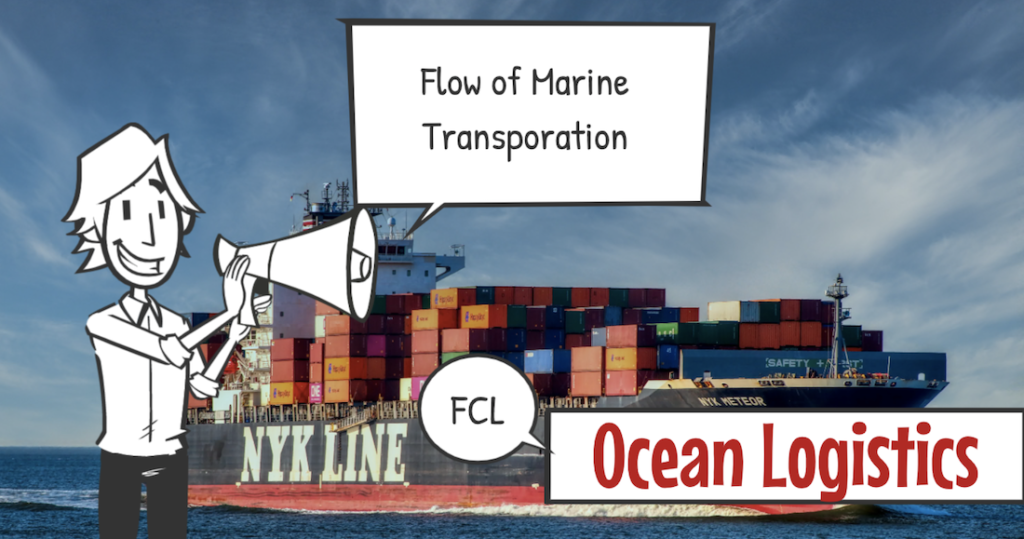
 Neko Senpai
Neko Senpai About “A description of Air Waybill” !!
Explained about A description of Air Waybill by Video
 Kamome Senpai
Kamome Senpai This video takes 5 min. and 35 sec. !!

Hello, it’s IINO.
Today, I’d like to talk about how to describe the cost of an “Air Waybill”.
What Air Waybill is

Air Waybill can be referred to as, “AWB”.
It might be easier to imagine this as a delivery note or an invoice for a parcel.
Information written on Air Waybill

The following information is included in an Air Waybill;
• Shipper, exporter
• Consignee, importer
• Departure location
• Arrival location
• Name of the product
• Weight of the product
• Airfreight and other transport fee
Now, how do they decide the costs on the Air Waybill?
Are there arrangements for this?
Agreements on how to describe cost

An Air Waybill is a document which is issued by an airline or a freight forwarder who arranges consolidation transport for cargo.
There are two types of Air Waybill.
Master Air Waybill is issued by an airline to a freight forwarder.
House Air Waybill is a consolidated air waybill, which is issued by a freight forwarder to a shipper.
IATA guideline

An Air Waybill is created based on the International Air Transport Association guidelines.
This outlines how to describe the cost.
The description of an Air Way Bill includes the costs which are incurred, when transporting cargo by air such as airfreight, fuel charge, security charge and other fees.
The most important information on the Air Waybill is “what and how much is being transported and the value of the cargo”.
“Rate/Charge” section

On an Air Waybill, airfreight for each kg is shown in the “Rate/Charge” section, as well as the quantity of cargo and cargo weight.
Fuel charge, security charge and other fees are all included in the “Other Charge” section.
Airfreight for IATA airline member’s transport is calculated based on the global rate.
On the other hand, the airfreight which a freight forwarder pays to an airline uses the system which reduces the cost per kg if the volume of mixed cargo increases.
“Rate Class” section

There is a section to describe “Rate Class” along with “Rate Charge”.
This shows the airfreight calculation method.
The rate class changes depend on the weight of the cargo.
The volume which is subject to the calculation is either the total weight of the cargo or volume weight of the cargo based on M3.
The calculation is applied to the larger figure.

Also, there are different class of rates such as “M”, “N” and “Q”.
First, M means minimum. This rate is applicable to small volumes of cargo.
If the airfreight set by an airline is lower than the lowest fares, the M rate will be applied to the cargo.
If the volume is minimal, the minimum rate is applied to the whole cargo rather than applied to each kg.
Next, N means normal. The normal rate is applied to cargo that weighs less than 45kg which is relatively high airfreight.
Lastly, Q means Quantitave Rate.
This airfreight rate is applicable to cargo weighing over 45kg.

Higher volume receives cheaper rates on airfreight, so sometimes it works out cheaper to use the higher volume to calculate rather than using the original weight.
For example, rather than using under 45kg Normal Rate on 40KG cargo, the total cost of airfreight becomes cheaper to use the above 45kg rate.
In this case Q rate is used instead of N rate.
There is some cases caused trouble

Sometimes, if you include the cost of airfreight and other fees, it may cause trouble to a shipper.
Now, what kind of trouble will they have?
Air Waybill is issued between an exporter and an importer as a proof of cargo arrangements.
However, if costs are included on the Air Waybill, the importer who purchased the product will find out the product original price even it is CIF term.
They can calculate it with CIF value deduct the air freight on the Airwaybill.
Some shipper makes the CIF value by adding some profit or buffer on the airfreight.
And sometimes the shipper will lose advantage in the negotiation, if all price is clear to the consignee.
To avoid it, there is a case that a shipper does not want to show the air freight on Airwaybill.
Notation of “as arranged”

If a shipper does not wish to include the air freight on an Air Waybill, you can describe it “as arranged” in the Rate/Charge and Total section.
When issuing an Air Waybill in most cases the description “as arranged” is being used.

The cost section is very important information on an Air Waybill which is issued to an importer and an exporter.
This section requires extra care to ensure it is filled in correctly when making an Air Waybill. That’s all for today. Thank you.
Contact to IINO san

★Contact to IINO san★
—————————————–
FaceBook Page
https://www.facebook.com/iinosaan
Linked In Message
https://www.linkedin.com/in/shinya-iino/
Twitter DM
https://twitter.com/iino_saan
—————————————–
 IINO
IINO I’m waiting for your contact!









